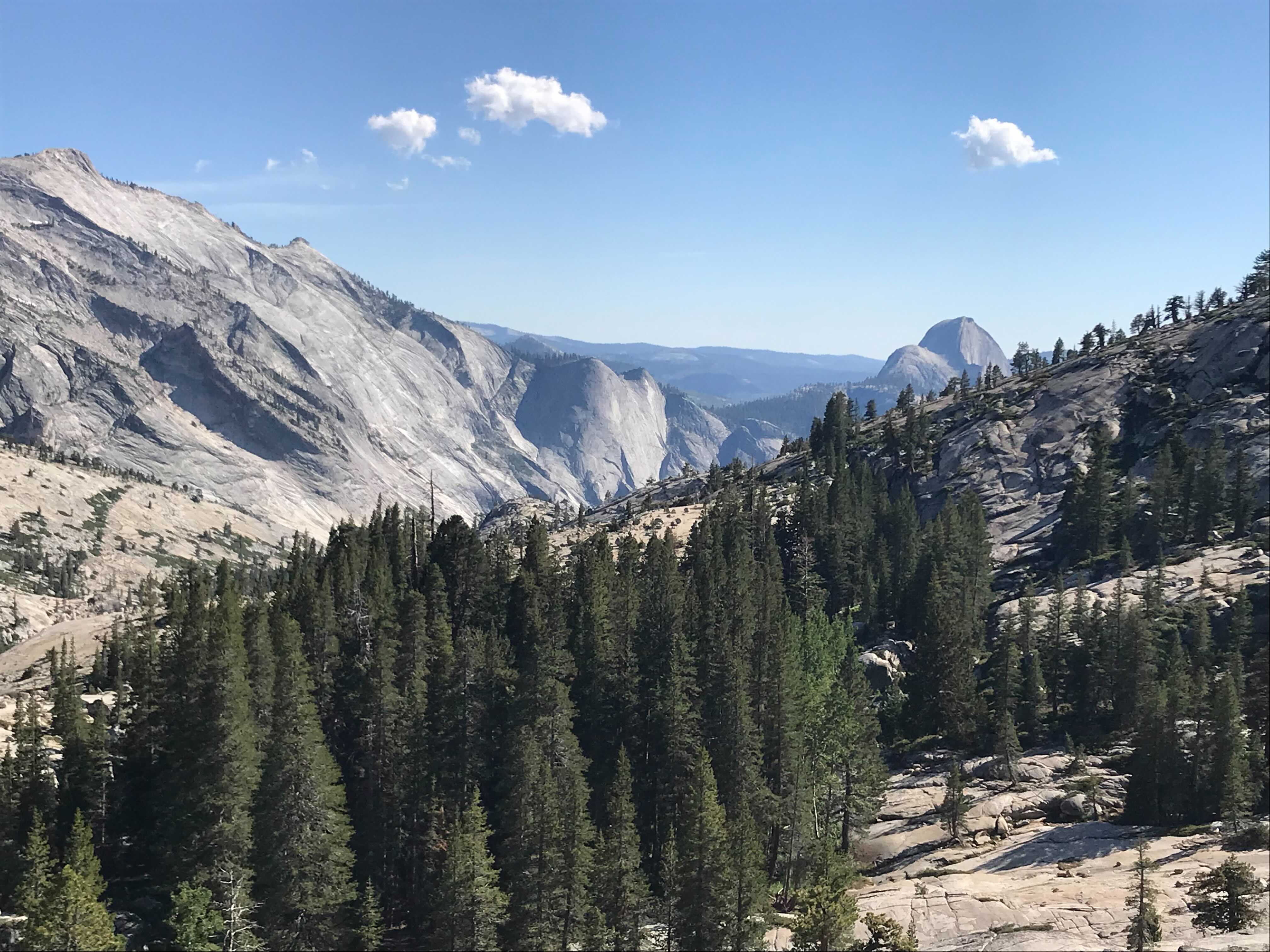The first time I went to Yosemite National Park, I was 26, a 6th grade teacher, shepherding my students from San Francisco to a place more wild and beautiful than they—or I—had ever seen. From the moment we stepped out of the bus, all of my senses lit up, my spirit simultaneously humbled and inspired, deeply calmed and profoundly awakened by this most special of special spots on earth.
What I didn’t realize at the time, though, was that Yosemite, like so many of our wondrous national parks, had many layers of history. This includes the hundred million years seen by its granite giants as well as layers of human history—stories of the people who lived there for 8,000 years, stories of how Yosemite became a national park, stories of connection and beauty, and stories of exclusion, racism, devastation and harm.
Since my first visit to Yosemite, I have learned so much more about the park’s history. I’ve read about the violent displacement the Ahwahneechee people of the park’s valley suffered—a displacement Indigenous people still experience in the park. I’ve heard Shelton Johnson’s telling of the Buffalo Soldiers’ story, nearly forgotten in the history of America’s land. I’ve also learned that John Muir, a towering figure in environmentalism whose quotes hung in my classroom as a teacher, advanced degrading and harmful views about Indigenous and Black people and perpetuated ideals that outright exclude many people from environmentalism.
When I returned with my own kids in 2019, Yosemite was no less beautiful. But I felt the importance of knowing these stories, and the need to ensure these stories are known felt and still feels urgent. The racist history of our public green spaces, especially our national parks—icons of what is most beautiful about our land—needs to be and remain part of our narrative. That history is our shared history, and we need to both acknowledge and understand it in order to recognize how to forge an equitable present and future of these spaces for all people.
Activists Advancing Change
Through my work as Tinkergarten founder and personal exploration, I have encountered the following groups doing extraordinary work as part of this effort:
Intersectional Environmentalist—Environmental activists and sustainability advocates who have come together and “are working to dismantling systems of oppression and the whitewashed narrative of environmentalism.”
In Solidarity Project—The In Solidarity team of experts work with outdoor industry partners to “facilitate and lead DEI-focused consulting projects and speaking engagements.”
My team and I have also found the following articles and books helpful in better understanding and reflecting on the history of green spaces big and small across the country:
Articles
Historical Perspectives on Racism in the Outdoors and Looking Forward, American Trails
“Bad Things Happen in the Woods”: the Anxiety of Hiking While Black, The Guardian
For African Americans, Park Access is About More than Just Proximity, Bloomberg.com
Hiking the Nüümü Poyo: An Act of Love by Indigenous Women, project562.com
Books
Black Faces, White Spaces: Reimagining the Relationship of African Americans to the Great Outdoors by Carolyn Finney
The Adventure Gap: Changing the Face of the Outdoors by James Mills
Campfire Stories—Tales from America’s National Parks A diverse set of stories from six of our most iconic national parks by Dave and Ilyssa Kyu with foreword by Carolyn Finney
This week or anytime you can, use the National Park Service's Find Your Park site to find the national parks nearest to you. Enjoy their beauty and look and listen for their stories—all of them. Wherever you are in your learning journey, there are ways to advance change. Keep learning more, comment to share other resources that have helped you, and sharing challenging, untold or underrepresented parts of our parks' history with others.

